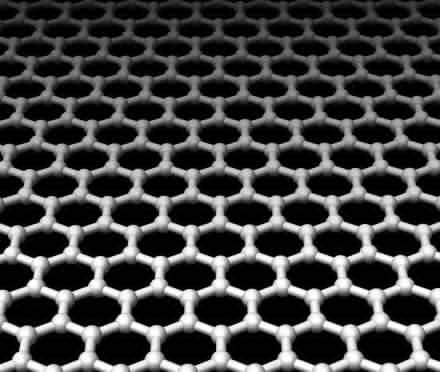Serbian scientists have developed a graphene-based microphone that is 32 times more sensitive than conventional mics and is able to pick up ultrasonic frequencies.
In the study done at the University of Belgrade in Serbia, researchers grew a thin layer of graphene of 30 atoms thick and used it as a replacement for the thin nickel membrane that is found in conventional microphones. This membrane is what vibrates when hit by sound waves. The vibration is then turned into an electrical signal via the permanent magnets surrounding the membrane.
Graphene is a recently discovered form of carbon consisting of sheets of atoms arranged in a six-sided honeycomb pattern. The material has been shown to have significant strength and electromagnetic properties, IFLScience.com explained.
To create the very thin graphene membrane, the researcher used a process called chemical vapor deposition, in which carbon atoms are gradually deposited into a nickel membrane. Once the graphene has formed, the nickel is then removed and the membrane installed into a regular microphone.
Upon testing the device, scientists observed a 15-decibel increase in the sensitivity of the microphone. This amounted to a 32-fold increase in performance. The mic was also shown to be able to capture sound wave frequencies as high as 11 kilohertz (kHz).
The researchers also went on to model a 300-layer thick graphene membrane, which was shown to potentially be able to capture frequencies in the ultrasonic range, Phys.org reported.
"Given its light weight, high mechanical strength and flexibility, graphene just begs to be used as an acoustic membrane material," Marko Spasenovic, one of the authors of the study published in the scientific journal 2D Material, said of their work.
However, Spasenovic said that their work is far from resulting to a commercial product, citing the current high production cost of graphene.
"At this stage there are several obstacles to making cheap graphene, so our microphone should be considered more a proof of concept," he reiterated.



























